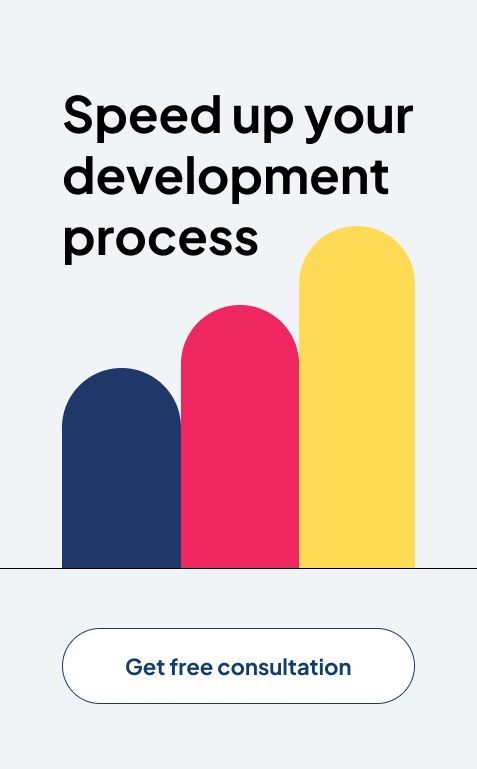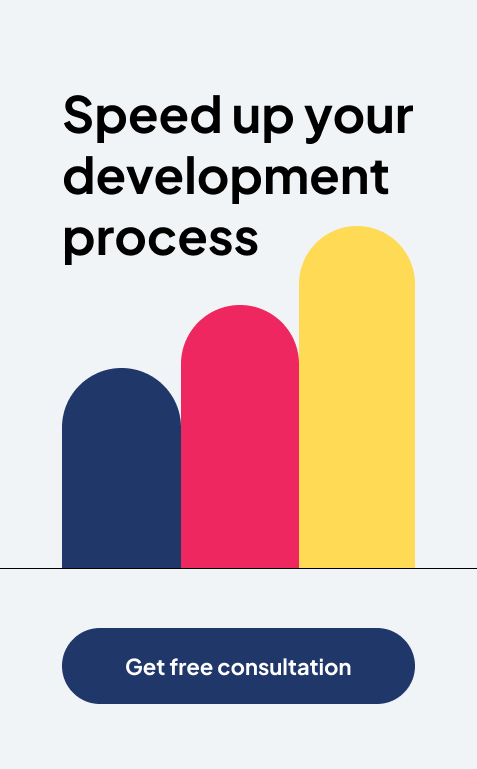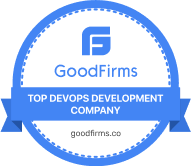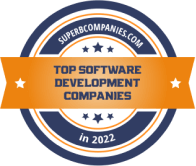A Step-by-Step Guide to Developing a Minimum Viable Product (MVP) in 2025
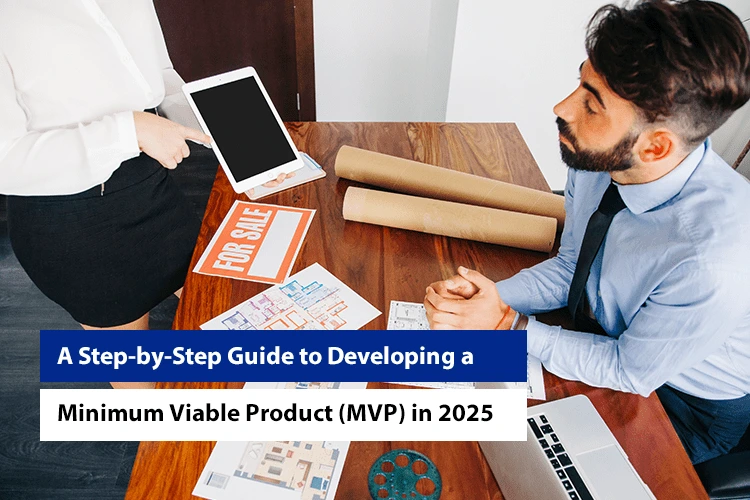
Two roommates Brian Chesky and Joe Gebbia on a breezy day in October 2007 planned to rent out their apartment’s air mattresses to the attendees of a local conference. They called it “AirBed & Breakfast” and later shortened it to a fancier, “Airbnb.”
At this time, they had a simple Minimum Viable Product (MVP). It was to launch a website to let people book an air mattress at the founders’ Denver apartment. However, this site has shown itself a genuine need for affordable accommodation.
In the late 2000s, travelers couldn’t get hotels as easily as we do today. The ones with vacancies weren’t pocket-friendly enough. It was precisely this pain point that Brian Chesky and Joe Gebbia identified and capitalized on. By providing affordable short-term stays in the most expensive cities, they made travel more accessible to everyone. And by doing so, they struck gold! Today, Airbnb is a billion-dollar app.
Building a Successful MVP
Airbnb’s success shows that even the simplest MVP can attract users if it caters to the actual needs. Initially, small helps startups discover user needs. Later, they can proceed with confidence in the right direction.
A CBInsights study identifies funding shortages as the leading cause of startup business closure. Entrepreneurs who develop solutions without market demand represent 35 percent of all startup failures. The reported statistics confirm why businesses need to establish an MVP before starting their product-building endeavors.
Business owners often feel convinced enough that their idea is remarkably brilliant. For instance, you may have discussed your venture thoughts with your family members and friends. But did you prove that your selected audience will react to your product proposal likewise? The product development funding demands preliminary verification of your hypothesis using an MVP check.
This startup MVP guide explains every step necessary to build it for your business.
What Is an MVP and Why Does It Matter?
According to Eric Ries, founder of Lean Startup Approach an MVP represents the version of a new product that allows the team to collect the maximum amount of validated learning about customers with the least effort.
So, to create a marketable product, you first need to develop the simplest version capable of satisfying your target customers’ needs.
Let’s take the example of an eCommerce app. You would be able to sell a single product for a single penny on the app. Your MVP should have enough functionality to let you sell one product, whether it’s for $100 or $5. Also, you can add more than one product, but the first one will be the primary version of your ultimate creation.
Why Is It Important?
You cannot build a product for people without knowing what they need.
The statement above sums up the importance of MVP.
The significance of building an MVP is in the name itself: Minimum Viable Product. You can use MVP to figure out if your idea is realistic. In other words, you determine whether your product is required by the market or not. Also, does it add any sort of value to its users so they can happily pay for it?
Besides this, MVPs allow you to gather feedback and discover the market’s interest in your product. With user testing, you determine what changes need to be made either to features or user experience to create a more meaningful and appealing product.
Your major reason to implement MVP will prevent your budget from creating a complete version of your product.
So, the major significance of having MVP is that you don’t spend all your money on a fully featured version of your product. Instead, you spend a small amount on it. What if, in the middle of the process, you decide to change the direction or stop altogether due to negative feedback or budget concerns? It’s a safe approach!
What Is the MVP Development Process?
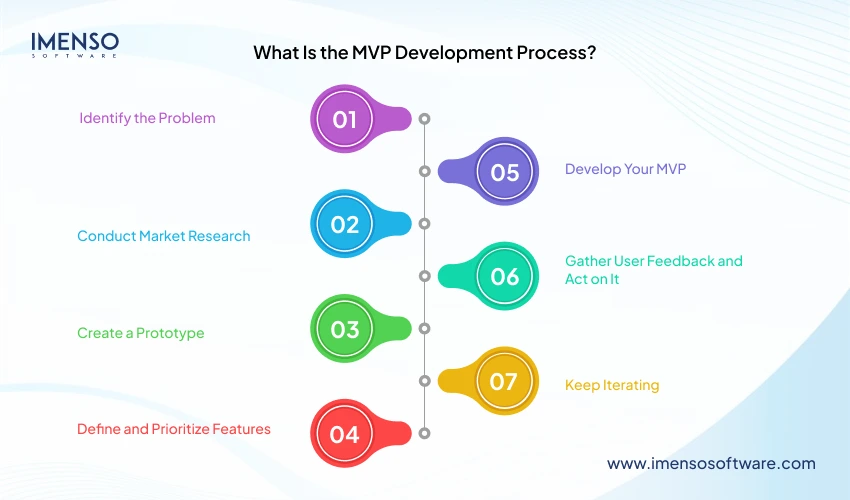
Launching an minimum viable product follows all the key steps that traditional software development does. You need to examine multiple elements while developing it. An MVP should be able to detect the specific problems players face while providing chosen practical capabilities to let users share their thoughts with you.
Follow these instructions for building a minimum viable product step by step.
Identify the Problem
The first step to building a successful MVP is identifying a problem in the market. Your MVP should be a solution to that issue. You can identify pain points in several ways. For example, look for unaddressed concerns in a niche familiar, which could be simple or not. For instance, in real estate, sellers are unable to sell their houses because they put up unattractive pictures of their properties.
Even if you can’t identify any, think about a better way to do something remarkable. Such as, you can create a more effective approach for connecting sellers and buyers. Observe how things and processes are taking place around you. Closely look at the existing approaches and question them. Find ways through which these can be improved.
But whatever issue you identify, ensure that it is big enough, and solving it can make a significant impact on the people.
Conduct Market Research
Now you have identified the problem. It’s time to conduct market research. If your product isn’t able to perfectly solve the problem, people won’t use it. Because there won’t be any ‘need’ for your product.
To conduct market research, look at what your competitors are doing. Find how they are solving the issues. Get clear on your target audience and calculate their market size. There should be a high number of people wanting the solution. Otherwise, it doesn’t make sense to invest heavily in MVP.
Create a Prototype
A prototype is an early attempt to demonstrate a working solution. It helps you understand the design and features you should be using. You can get feedback for improvements which can be later implemented in an MVP with a prototype.
Consider a few examples of prototypes including wireframes, sketches, and paper prototypes.
Define and Prioritize Features
By now, you have a well-defined problem, so implement your market research reports to gain feedback on your prototype. The next step in minimum viable product development is defining its features. Consider adding one core functionality for a best practice. Adding too many features will only make the MVP more confusing.
We recommend feature prioritization based on their importance, there a lot of tools and techniques for feature prioritization as you can look into. Selectively add features; only include the most valuable ones for the user.
For example, if your product is a social media platform, determine what could be the minimum features. For example, posting updates, creating a profile, and chatting with friends. These will be the core features that provide value to the user. You can add more advanced features, such as live-streaming or video editing, later if people like your MVP and you sense a demand for it.
Develop Your MVP
You have now arrived at the MVP development stage. Ensure to create a product that gives an error-free experience. Check for bugs and the quality of the product. The more refined your MVP is, the better will be the user experience. Also, this will lay a foundation for continuous development and improvement of your product.
Gather User Feedback and Act on It
One of the most important things is executing customer feedback. So, after building an MVP, don’t waste any time collecting your customers’ feedback. Use methods, like surveys and user interviews and understand the needs of your customers in terms of features. Later on, use them to improve your minimum viable product.
The more quickly you start gathering the feedback, the better. Analyze the feedback data to determine what features should be added to your MVP and what can be excluded!
Keep Iterating
Keep in mind, that iterating continuously based on user feedback is key to success. Regularly evaluate your feedback data, implement changes, and test them. It’s the only way to discover how to build something that people will want to use. The underlying aim is to make an MVP with minimum functionality to test the product-market fit and get excellent results.
Also Read
18 Outstanding Power BI Dashboard Examples
5 Signs You Need an Offshore Development Team to Scale Your Tech Startup
How to Perform a Competitive Analysis: A Guide for Startups
Get to the Market Quickly With Expert MVP Development
The race to capture early adopters is more important than ever. Bringing a product to the market promptly ensures that startups meet the needs of their customers, while trends are still relevant. MVP development allows founders to achieve this by focusing on the most critical features. Early feedback from a live market gives insights for improvement. This information is crucial for startups to gain a competitive edge.
It’s exactly here that an Minimum Viable Product software development company plays a pivotal role. At Imenso Software, we build your MVP on a rock-solid foundation. With years of experience building products for startups, we fully understand the significance of a trusted team. Our experts lead your idea from the MVP stage to the complete realization of the product that your customers need. Look ahead with our team to detect and prevent any difficulties that emerge while the process plays out. Contact us now to discover how we can assist your path to success.
Need more proof? Head over to Clutch and read what our clients have to say about partnering with us.
Want more information about our services?
Similar Posts

WordPress Security Best Practices: Protecting Your Website from Cyber Threats
In today’s digital landscape, websites have become integral to businesses, organizations, and personal endeavors. They serve as online representations of brands and facilitate interactions with users worldwide. However, with the increasing reliance on the internet, cyber threats have grown in both frequency and sophistication. Cybercriminals actively seek vulnerable websites to exploit for various malicious purposes, […]...
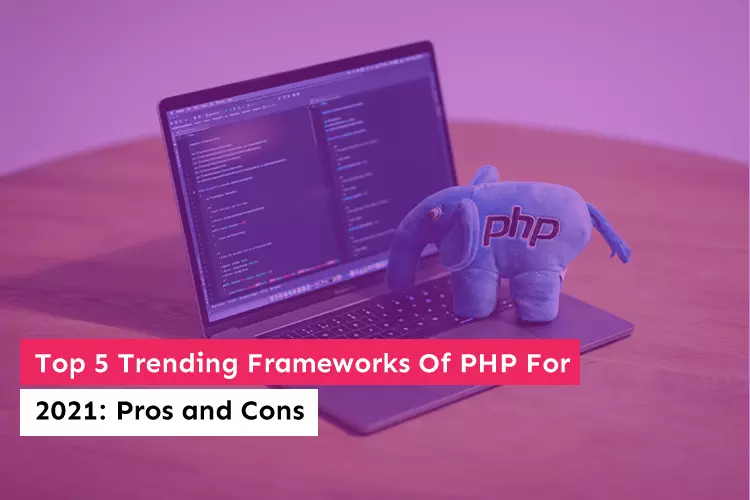
Top 5 Trending Frameworks Of PHP For 2021: Pros and Cons
Web development tools and frameworks are aplenty, and you can pick from the available options for your business needs. There are free as well as commercial tools for web application and site development nowadays. However, PHP happens to be a long-time favorite in this sector. Thousands of web developers prefer PHP over other contenders. The […]...
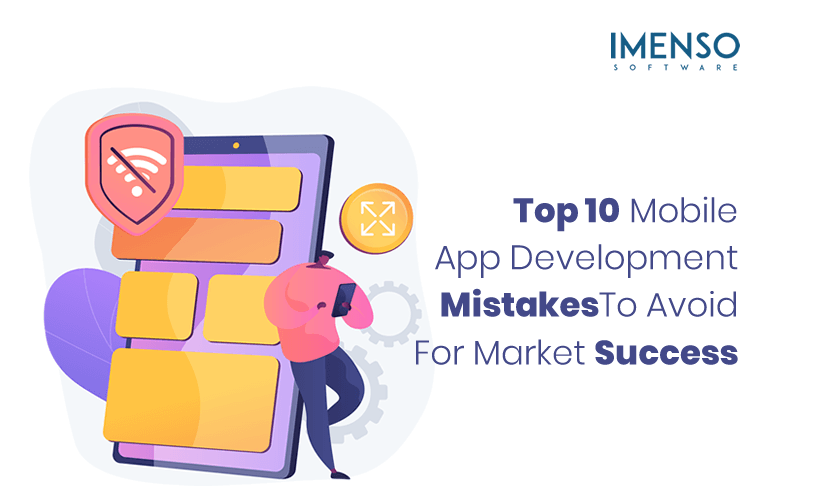
Top 10 Mobile App Development Mistakes To Avoid For Market Success
Mobile has changed the way humans interact with technology in countless ways and no doubt this trend will continue for decades to come. Through mobile apps, the device drives a major chunk of our attention through the day. ...
